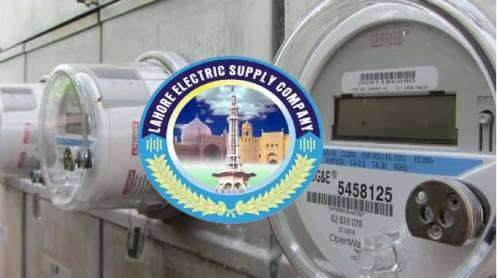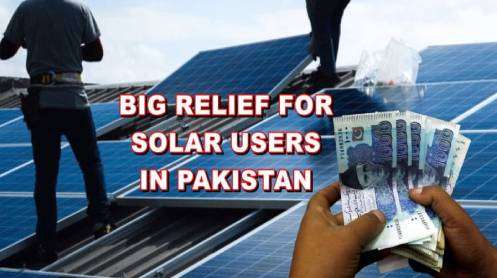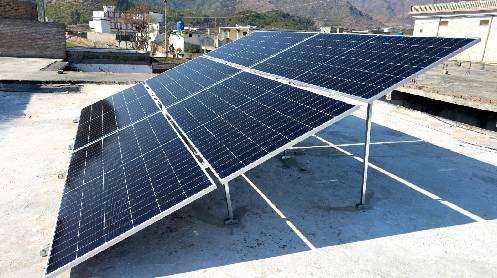Pakistan is a country of 230 million people, a nuclear power, and rich in natural resources but we rank 138 in the world prosperity index and cannot provide quality health and education to our people. With the dwindling reserves, stalled IMF programme, limited bilateral /multilateral inflows and expensive commercial lending to Pakistan, the situation can’t be worst. There is also a lack of vision as how Pakistan can get out of this cycle and stand on its feet. Pakistan roughly generates US$60 billion/year (remittances, exports, little FDI) but need around US$ 90 billion/year which may increase to US$150 billion in 5 years as the economy grows. We will be a sovereign country if we are able to generate enough resources to pay our liabilities and funds for the development of Pakistan.
Pakistanis are full of ideas. The pet answers, when an option is suggested to the bureaucracy, is “this can’t be done due to ……..” or “we are already doing it”. Ideas are shot down. Change requires political will, support from all the important stakeholders’ and a governance framework directly under the PM to deliver. Here are some options that Pakistan may explore to start moving towards becoming a sovereign country.
- Oil and Gas: With a very large sedimentary basin, 600,000 sq. km, Pakistan has huge oil and gas reserves and with a bit of conservation it can almost become self-sufficient within 5 years. The Indo-Pak Tectonic plate is active, thus conversion of organic carbon to oil/gas is inevitable. We have around 100 TCF tight gas, conventional gas 150 TCF (40 TCF already used), estimated shale gas is around 550 TCF, and over 40 sites with oil and gas seepages, this indicates that the petroleum system is under tremendous pressure. In one year the gas production can be increased from 3300 to 4400 MMSCFD and to 7700 MMSCFD in 5 years (Some 635 MMSCFD has not been connected for many years from 18 fields, while 13 gas fields’ data is unavailable). Oil production can increase from around 71,000 to 500,000 barrels within 5 years.
Now this will mostly deplete the existing wells. However, from our already explored proven reserves, we need to develop around 200 fields to replace these wells. This will require strong political will and governance framework. As there are enough lobbies within the country who would rather import oil and gas. It will require either cancelation of licenses of many companies who have these for years but are not investing in drilling wells; also DG Oil and Petroleum Division has been sluggish in approvals causing almost all international oil companies to exit Pakistan. The total investment required will be around $3.5 billion spread over 5 years with around 70% PKR component and almost all from private sector. The annual saving will be $5 billion the first year and $25 billion in year 5. The data of all the wells in Pakistan is already assembled and there are local experts who can be brought onboard to make this a reality.
- Remittances: Overseas Pakistanis (OPs) send around $30 billion/years as remittances. This is several times higher than the money we get from IMF, World Bank and other IFI’s combined. There are no concerted efforts to increase these remittances. In 2009 Pakistan Remittance Initiative and in 2020 Roshan Digital Accounts were launched to attract FCY. However efforts to reach out to the over 8million Ops are very limited.
We need to set up targets for the Pakistani embassies around the world and make the ambassadors responsible for significantly increasing remittances especially from countries with sizeable Pakistani populations. This needs to be included in their performance appraisal and promotions. Special sections need to be created in the embassies with qualified staff to attract remittances and deposits in Pakistani banks. Involving local Pakistani organizations and using social and other form of media will be Important to create awareness among OPs.
At present, the RDA can be opened in few limited currencies. We need to change that to all the currencies of countries where we have a trade deficit so that we can use these to cover our import bill.
SBP and SECP also need to play their regulatory role. We have different policies for banks vs. the exchange companies; we need to bring them closer. We have exchange companies who have more illegal branches then legal branches. We also have banks treasuries colluding and creating false US$ demand. Besides that import bills are inflated, and leakages of FCY to Afghanistan. All these need to be stopped and those responsible penalized. By making an example of few, we can change the culture. Within one year we can easily generate an additional US$ 10 billion and in 5 years take our remittances to around US$ 100 billion.
- G-G contract for skilled workforce: In the past a large number of Pakistan Armed forces personnel (AFP) were stationed in the gulf countries. However that number has dwindled down to a very small number. Though the skillset of our AFP may be different then what may be required, as we have been relying more on Chinese technology rather than the latest American weaponry, but still there are many other security related functions that our AFP are equipped to do or can be quickly trained to do. Initially the retiring over 50,000/year AFP can be sent.
Besides that many developed economies have labor shortages. Our biggest disadvantage is our lack of understanding of what skillsets and certifications are required before one can work in a particular country. We cannot churn out thousands of graduates and assume that they are skilled enough to find work internationally. Through G-G arrangements and by involving private sector we can collaborate with their international institutions and train our workforce in the required areas. We can bring country specific certification bodies to allow our students to take certification exams locally. Once they have internationally accredited credentials, it will be easier for them to find international jobs. By setting firm annual targets of sending skilled workforce and making our ministries accountable, we can help Pakistan send more skilled workforce and potentially generate sizeable FCY remittances.
- Immigration Assistance: Last year 8,000 Pakistanis while 96,000 Indians immigrated to Canada. Countries like US, Canada, Germany, UK, Australia and others have sizeable immigration programs as they have aging populations and limited available workforce. Pakistan should set up centers all over the country to assist Pakistani in this immigration process. We can collaborate with OP organizations, reputable immigration consultants, and actively support Pakistanis to apply for immigration. Yes there will be brain drain but on the other hand OPs not only will be a source of remittance but also in the long run, a source for political influence for Pakistan in their respective countries.
- CPEC Chinese Industry: Both China and Pakistan are committed to CPEC. However since it started, besides infrastructure and energy related projects, there is little to show for. Gwadar is almost nonfunctional and there are limited economic returns for Pakistan. One of the basic aims of CPEC was to bring labor intensive industry, which is unfeasible in China, to Pakistan. While this may still be the desire of both governments, we have yet to move forward on this front. One of the key issues is that Pakistan does not have the kind of skilled workforce which the Chinese industry requires. If we commit to it and work with the Chinese government, industry and vocational institutes, in less than a year we can produce the required skilled labor and initiate the process of bringing Chinese industry to Pakistan. The export oriented industry can be prioritized in this regard. This will require strong political will and commitment by the leadership of both countries who will ensure that all the intricacies are resolved and plans implemented.
Pakistan has opportunities and potential, it just needs a committed leader, strong governance framework and a strong team to deliver. I am sure Pakistan can find 35-40 competent people to deliver and make Pakistan the envy of the world. Without this, nothing will happen.
–Shahid Yusaf (smyusaf@gamil.com) has 30 year rich experience in 19 countries and specialises in governance and grassroots economic development. As a partner of a global consulting firm, he worked on over 100 public sector projects and has designed many development programmes.







